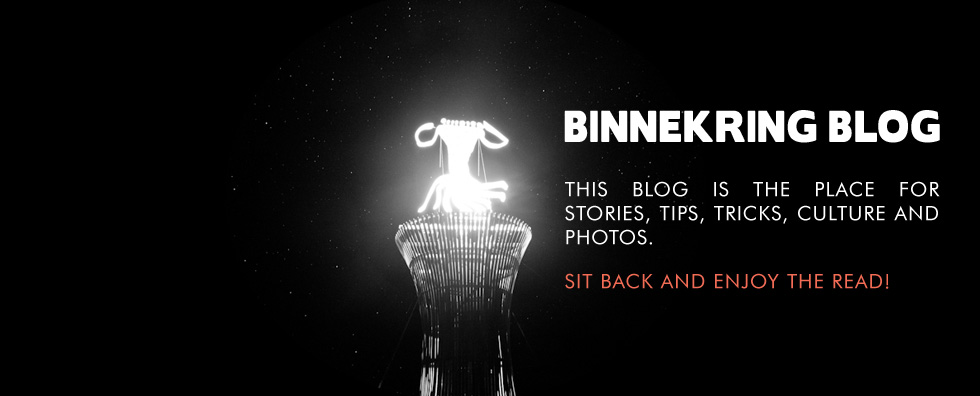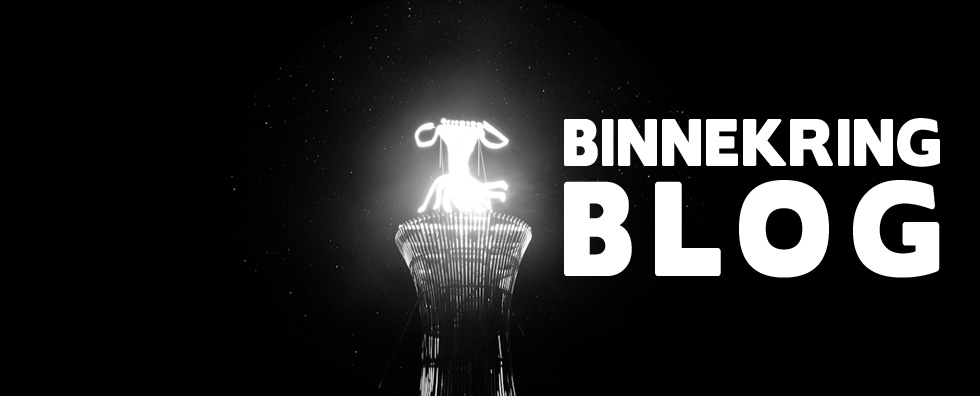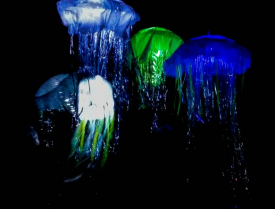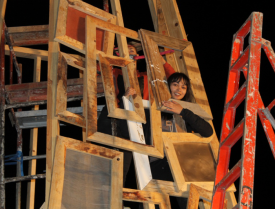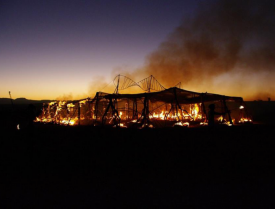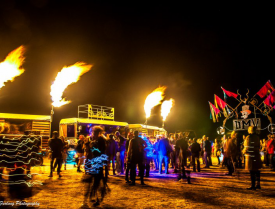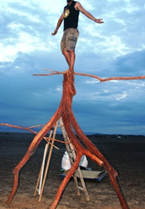BINNEKRING BLOG
Anthea Delmotte at AfrikaBurn (Part 1 of 5)
AntheA Delmotte: performing temporality [instability … flow] and [returning to] chaos at AfrikaBurn 2016, Tankwa Karoo, South Africa

Photo: John Steele
[What follows are extracts of a paper that was presented at the 10th National Conference of the South African Journal of Art history on the theme of “TEMPORALITY”. The conference was hosted at the University of the Free State, Bloemfontein, South Africa, from 26th to 27th August 2016. The full Journal Article is available here: click to view].
by
John Steele
[Walter Sisulu University]
AntheA Delmotte is very serious about her visual and performance art … she both lives it, and lives to create it … any day of the week, anywhere in the world.

Photo: John Steele
This year, close to 12000 people came together at AfrikaBurn in the Tankwa Karoo as an intentional temporary creative community for a week at the end of April, in celebration of visual and performance art, music and costuming, in just about every conceivable mode or form.
Everything is brought in for this land art (Steele: 2015: 198) event, then burned or removed thereafter, so as to leave the site in as pristine a condition as possible. The event participants and artworks thus celebrate temporality.
The AfrikaBurn 2016 WTF guide lists an astonishing number of registered “site and time specific” (Kristen 2003: 343) spectacles, including 83 installation artworks, of which 38 were due to be ritually burned; 94 theme camps; 81 mutant vehicles; and 13 scheduled performances.
AfrikaBurn participants are both performers and audience, together, and for each other, in a pluralistic, “self-expressive heterotopia” (Steele 2015: 189, citing Fortunati 2005: 152; and Foucault & Miskowiec 1986).

Conrad Hicks on his creation The Stoomtrekker – Photo: John Steele

Stoomtrekker Mutant Vehicle – Photo: John Steele
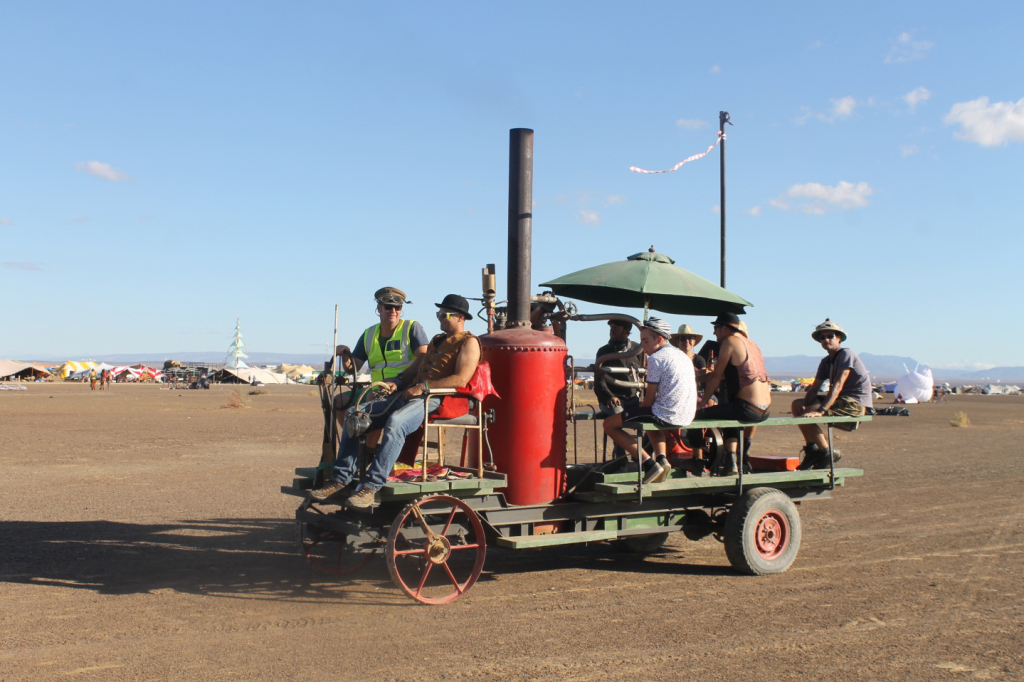
Stoomtrekker being piloted at slow walking speed by Richard Bowsher, left, and Sebastian Prinz – Photo: John Steele
It is within this context that AntheA Delmotte had chosen to perform Return to Chaos.
She was born in Namibia, and did not have exposure to formal art classes in her youth.
Her route towards becoming a self-taught professional artist, now living and practicing on a farm in Piket-Bo-Berg area, towards the Cape West Coast, include early visual arts experiences of dressmaking and designing for the fashion sector, as well as of interior decorating, and airbrush work on cars and buses.
She is now renowned for realistic rendering of landscapes with or without other subjects as well as still life and portraiture which features both pinpoint accuracy and impressionistic elements.

